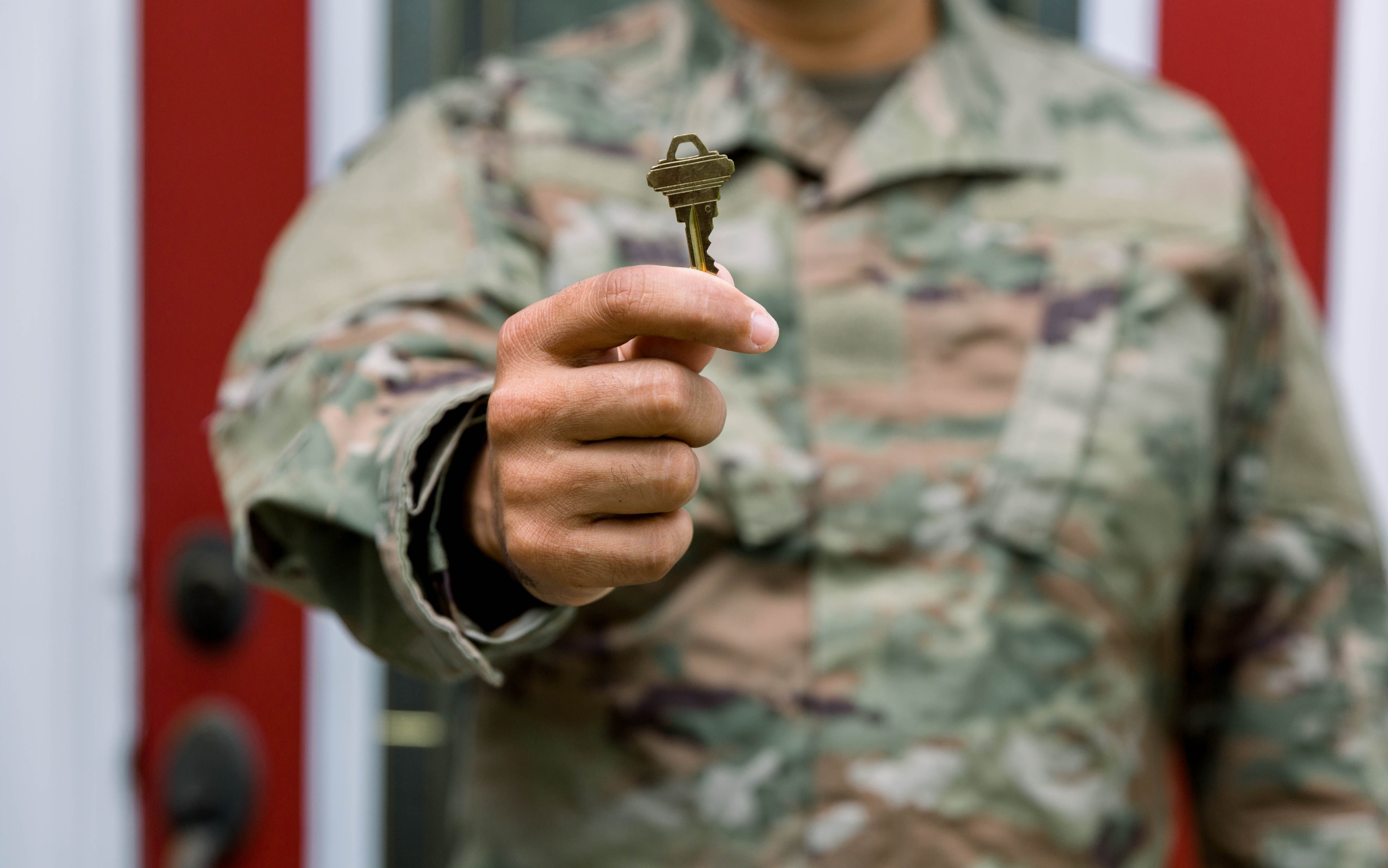There are few things a sailor dreads more than filing into a dark auditorium to watch a slideshow about why binge drinking and sexual harassment are bad.
With that in mind, the next generation of destructive decision training incorporates sailor feedback with an engaging series of videos that will start rolling out in the new year, said an official.
"Chart the Course," a follow-on to last year's "Bystander Intervention to the Fleet," is a training program made up of six videos featuring actors as a cast of sailor roommates and the issues they're dealing with or have dealt with in the fleet, from sexual assault and irresponsible drinking to poor command climate and invasion of privacy.
The videos play out like episodes of the TV show "Friends," television series, with the same characters discussing new issues in each, showing sailors how to react to those situations.
"Their thought initially was, let's model the behavior we want sailors to embody, show all the good stuff on the screen," said Cmdr. Tracy Less, the project's technical lead at the 21st Century Sailor office, of the team who developed the series with Rock Creek Productions.
To do that, she said, they needed protagonists, antagonists, a plot and a resolution.
"If we ever show bad behavior, we first address what went right," in group discussions, she said, "There have been visceral reactions that folks have had for some of the bad characters we've planned — has been just mind-boggling to me about how people react so strongly to that inappropriate behavior."
Starting in 2016, sailors will meet up in peer groups determined by their commanding officers, divided up by junior, mid-level and senior ranks, for the one-time training put on by trained command facilitators.
"What really drove it was the peer level, so you can have discussions, and instead of the captain walking in the room and you're obviously going to say what he wants you to say, it's more open," Less said.
Commands have until Sept. 30 to complete the series, according to the NAVADMIN 280/15.
"Chart the Course" is meant to be mixed in with other training, Less said, so COs will still hold "Bystander Intervention Training to the Fleet" refreshers at their discretion.
The programs work together, she added. Whereas bystander intervention encouraged sailors to step in, "Chart the Course" educates sailors about the risks of not stepping in and demands that they do that — or face the consequences. holds everyone involved responsible if they see or know about a problem.
"It was more about looking out for your shipmates," Less said. "This is now really more about taking personal responsibility."
'Right answers'
Through focus groups and sailor feedback on older training, Less' team found that sailors preferred training through video vignettes and discussions.
With that in mind, her team decided to add Hollywood-style production values and professional actors to capture their attention. And the topics are broader than just sexual assault.
In the first episode, one sailor receives a video a female shipmate in the shower, clearly taken without her knowledge.
The story is straight out of recent Navy history, after women were filmed changing aboard the submarine Wyoming — a secret kept for over a year, until an E-4 on another boat reported it.
Another scenario involves male-on-male sexual assault, an issue that the 21st Century Sailor Office is trying to tackle, as men are far less likely to report an assault than women.
"The male-on-male sexual assault really does happen in the workplace, and it really does go from what some would call horseplay and hazing, and it starts to escalate, and the next thing you know you have a sexual assault, and a lot of folks don't know how to define that," Less said.
The series also deals with retaliation by a superior for reporting a problem, as well as the consequences of partying all night and, — for example, — trying to work on a multi-million-dollar helicopter the next morning.
There are a lot of ways to handle these situations, Less said, so "Chart the Course" aims to show multiple examples of how to step in.
With command facilitators, sailor peer groups will be able to discuss what they've seen on screen and how to apply that in their own lives.
"These soft-skilled topics, there's a lot of grey areas," Less said. "There's really no one single right answer. There's a lot of right answers."
Meghann Myers is the Pentagon bureau chief at Military Times. She covers operations, policy, personnel, leadership and other issues affecting service members.




